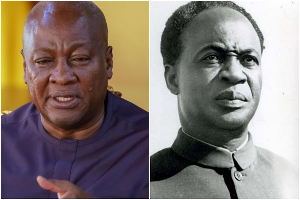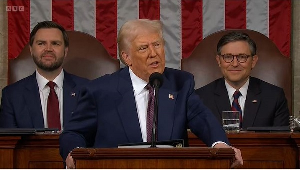Oil prices rose on Thursday, recouping some of the losses from the previous session that followed a surprise increase in U.S. crude inventories, as the market mood switched to relief after OPEC forecast a supply deficit next year.
Brent futures LCOc1 rose 28 cents, or 0.4% to $64.00 a barrel, after skidding 1% on Wednesday on the U.S. stocks build-up.
West Texas Intermediate crude CLc1 was up 12 cents, or 0.2%, at $58.88 a barrel, following a 0.8% drop the previous session.
The Organization of the Petroleum Exporting Countries (OPEC) on Wednesday said it now expected a small deficit in the oil market in the next year, suggesting the market is tighter than previously thought - even before the latest pact with other producers to curb supply takes effect.
The revised forecast by OPEC marks a further retreat from a prediction of a glut in 2020 as U.S. production growth begins to slow.
Still, U.S. inventories are on the rise. Crude stockpiles last week rose unexpectedly, gaining more than 800,000 barrels, compared with a Reuters poll that forecast a 2.8 million barrel decline.
Inventories of petroleum products also increased with gasoline stocks surging by more than 5 million barrels and distillates gaining a bit over 4 million barrels - with both more than double expectations.
“What made the release even more bearish was the fact that we also saw large stock builds for gasoline and distillate fuel oil,” ING Economics said in a note.
Beyond the balance between inventories and supply, investors are also awaiting news on negotiations between Washington and Beijing to get an agreement to end a long-running trade war before another round of U.S. sanctions kicks in.
The lingering battle between the world’s two biggest economies has hit global growth, in the process denting demand for crude and oil products.
U.S. President Donald Trump is expected to discuss tariffs on Chinese goods set to be imposed on Dec. 15 with top trade advisers as markets brace for fallout in China’s reaction.
“In the near-term, U.S.-China trade remains the primary catalyst and the 500-pound gorilla in the room,” said Stephen Innes, chief Asia market strategist at AxiTrader.
Business News of Thursday, 12 December 2019
Source: reuters.com

















